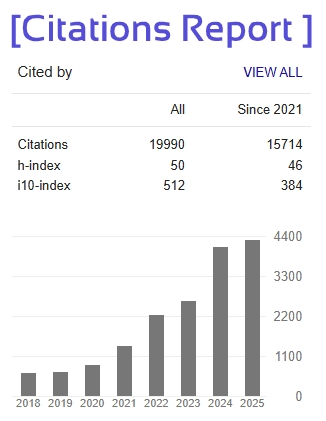Kidney Disease Classification Using Deep Learning
Shruthi B S
Asst. Professor, Dept. of CSE
City Engineering College
Bengaluru-560062, Karnataka
shruthibs@cityengineeringcollege.ac.in
Tharun H S
UG Student Dept. of CSE
City Engineering College
Bengaluru-560062, Karnataka
tharunraj9591@gmail.com
T K Tharun
UG Student Dept. of CSE
City Engineering College
Bengaluru- 560062, Karnataka
tharunkiccha87@gmail.com
Srushti Prakash Kodabal
UG Student Dept. of CSE
City Engineering College
Bengaluru-560062, Karnataka
srushtikodabal@gmail.com
Yathish R
UG Student Dept. of CSE
City Engineering College
Bengaluru-560062, Karnataka
yathishs954@gmail.com
Abstract— The process of Kidney Disease Classification entails the categorization of kidney pictures or patient data into several disease classifications kidney diseases like cysts, tumors, and stones often require rapid and accurate diagnosis. This project presents a deep learning-based approach using a Convolutional Neural Network (CNN) to classify kidney images into four categories: Normal, Cyst, Tumor, and Stone. The trained model is integrated into a Flask-based web application to provide real-time prediction, history tracking, and PDF report generation. By combining medical imaging, machine learning, and modern web technology, this system aims to support early diagnosis and decision-making in clinical environments. The system also features a history tracking module that stores user interactions and predictions in a secure backend database, enabling longitudinal patient monitoring. Additionally, the application includes functionality to generate downloadable PDF reports summarizing the prediction results, timestamps, and image details, which can be used for documentation and consultation purposes. By combining the robustness of machine learning with the accessibility of web technology, this system aims to serve as a valuable diagnostic support tool in clinical settings, particularly in regions with limited access to specialists. The system is designed with scalability and adaptability in mind, allowing future integration with hospital information systems and other diagnostic tools. Security measures such as data encryption and authentication are also implemented to ensure patient privacy and compliance with healthcare regulations. With a notable accuracy rate of 97%.
Keywords— CNN, Model Training, Classification, Kidney Disease, Random Forest, Deep Learning.







